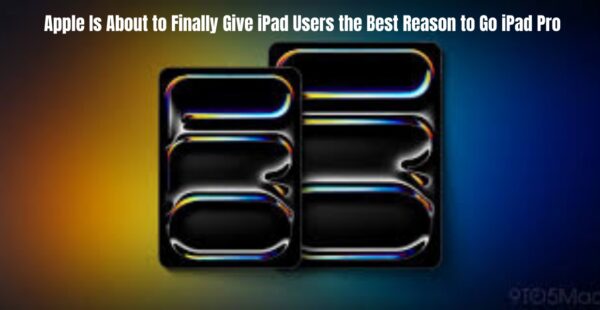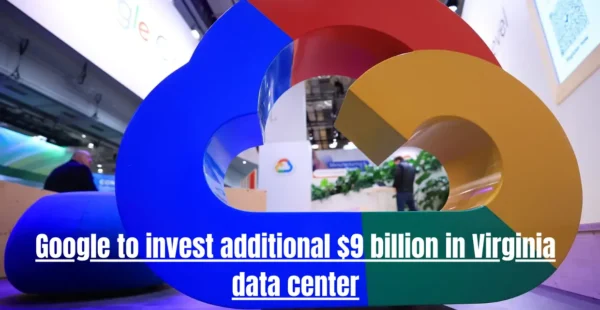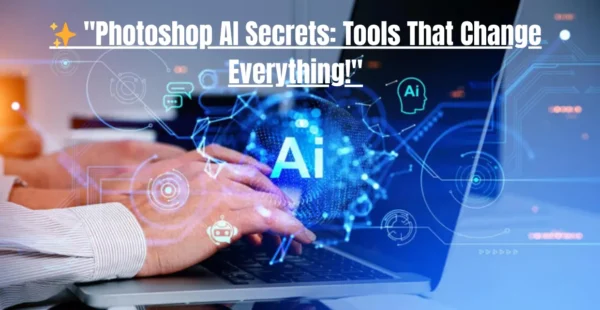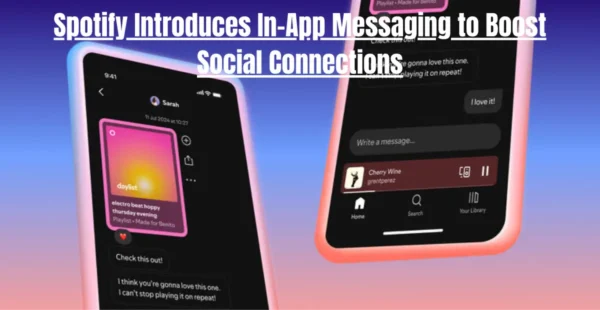Apple’s new iPhone 17 Pro lineup is making headlines not only for its cameras and performance but also for its improved charging technology. Apple claims the latest Pro models can power up to 50% in just 20 minutes — a huge step forward compared to previous iPhones. But here’s the catch: to achieve that speed, you’ll need the right charger. Many existing adapters simply won’t cut it.
This shift has left users wondering what exactly is required, why Apple made the change, and whether investing in a new charger is really worth it. Let’s break it down.
What’s New With iPhone 17 Pro Charging?
The iPhone 17 Pro and Pro Max are Apple’s first phones to fully embrace the latest USB Power Delivery (PD) 3.2 standard with support for AVS (Adjustable Voltage Supply). In plain terms, this allows higher wattage charging with better efficiency. Apple has introduced a new 40W Dynamic Power Adapter, capable of outputting up to 60W total power when charging multiple devices.
With this setup, the iPhone 17 Pro can reach 50% battery in around 20 minutes — shaving almost 10 minutes off the iPhone 16 Pro’s best performance. While that might not sound like much, in real-world use it means you can top up during a quick coffee break and have enough juice for hours of heavy use.
Why Your Old Charger Might Not Work
If you’ve been using a 20W or 30W Apple charger or a third-party USB-C brick from the past few years, you’ll still be able to charge your iPhone 17 Pro — just not at maximum speed. Older adapters won’t push enough wattage or may not fully support the latest PD standards Apple is tapping into.
In testing, users with legacy chargers are seeing 50% charge in about 30 minutes, which is good but not the lightning-fast 20 minutes Apple advertises. The difference comes down to hardware compatibility: only a PD 3.2-compliant charger rated at 40W or higher will unlock the new speeds.
Apple’s New Dynamic Power Adapter
To simplify things, Apple is releasing its own 40W Dynamic Power Adapter alongside the iPhone 17 lineup. The “dynamic” name refers to its ability to adjust power output based on the connected device. That means it can safely charge an iPhone, iPad, or even a MacBook Air without wasting energy or overheating.
Of course, Apple’s adapter comes at a premium price, and it won’t be included in the iPhone box — continuing Apple’s trend of selling chargers separately. Third-party PD 3.2 chargers will likely work too, but buyers should ensure they’re from reputable brands to avoid safety and compatibility issues.
What About Wireless Charging?
Apple has also boosted MagSafe and Qi2 wireless charging speeds, but wired charging remains the fastest option by far. Even with the latest wireless standards, you won’t hit 50% in 20 minutes. For users who prioritize speed over convenience, a wired 40W adapter is still the best choice.
Should You Upgrade Your Charger?
The answer depends on your lifestyle. If you often find yourself in a rush and rely on quick top-ups, investing in the new adapter makes sense. The time savings add up, especially for frequent travelers or heavy phone users. On the other hand, if you typically charge overnight or don’t mind waiting, your existing adapter will still get the job done.
For most people, the decision will come down to cost versus convenience. A fast charger isn’t mandatory — but it’s the only way to get the performance Apple is advertising.
Final Thoughts
The iPhone 17 Pro’s charging upgrade is a meaningful improvement, but it comes with strings attached. To fully unlock the potential of Apple’s latest hardware, you’ll need a 40W+ PD 3.2 charger, ideally Apple’s new Dynamic Power Adapter. Without it, you’ll still get solid charging speeds, just not the headline-grabbing “50% in 20 minutes.”
For those who value speed and efficiency, the investment will be worthwhile. For everyone else, the takeaway is simple: your old charger isn’t obsolete — but it’s no longer the fastest way to power an iPhone.










